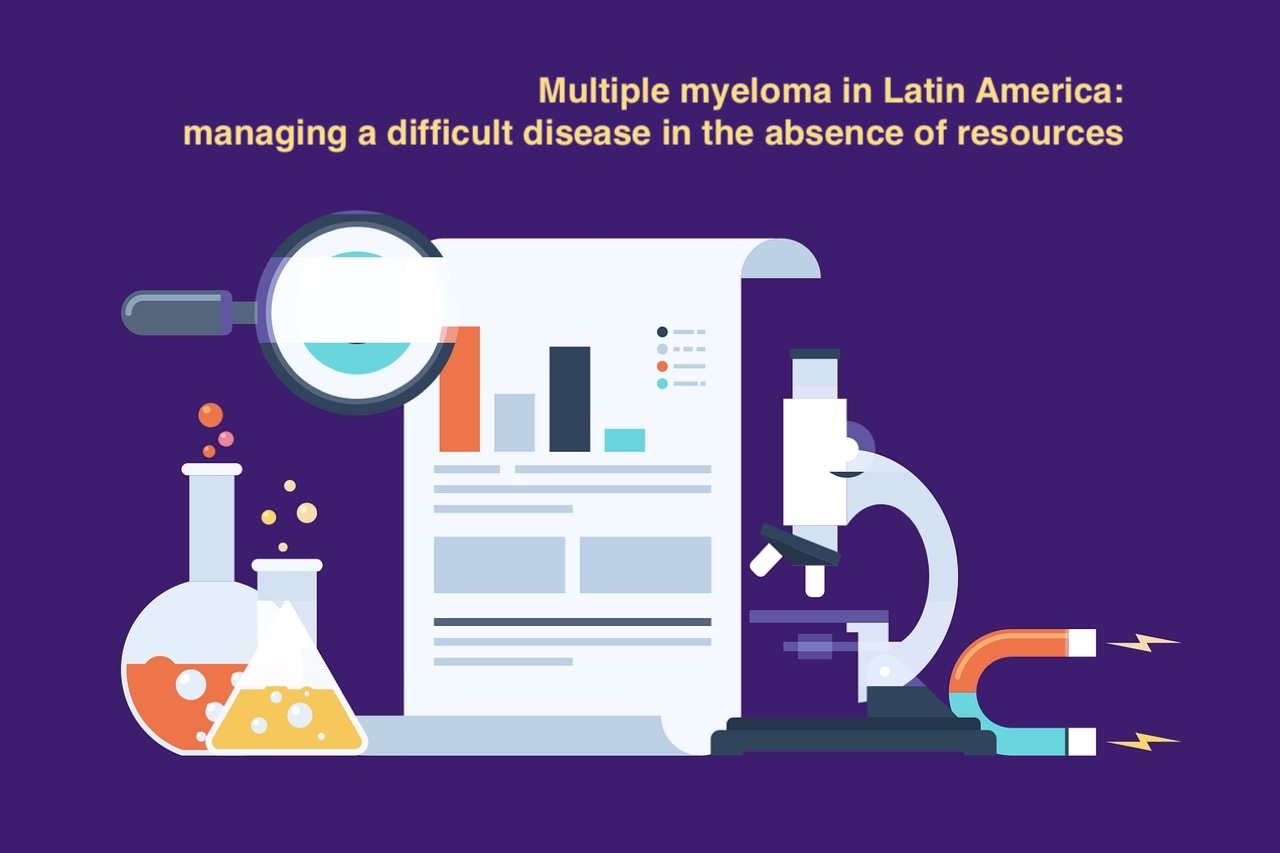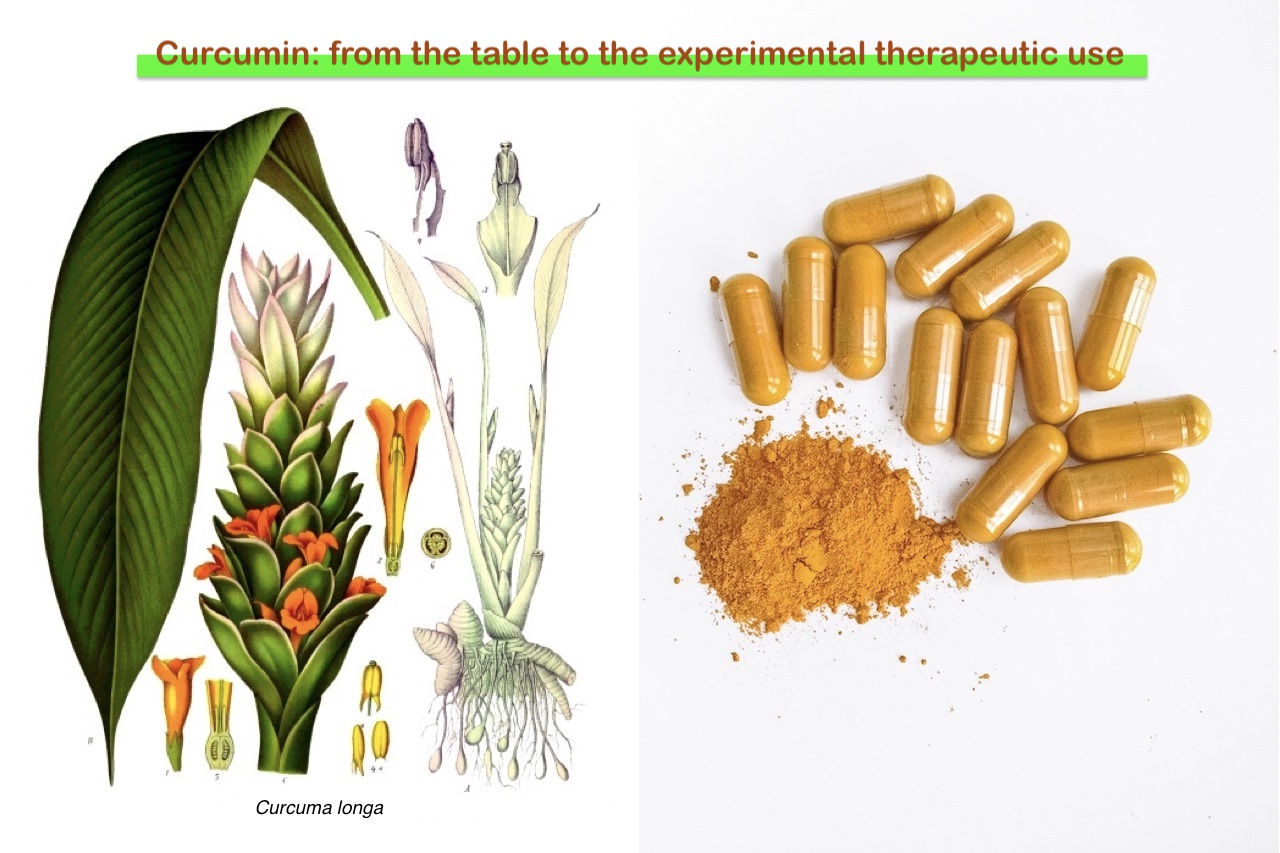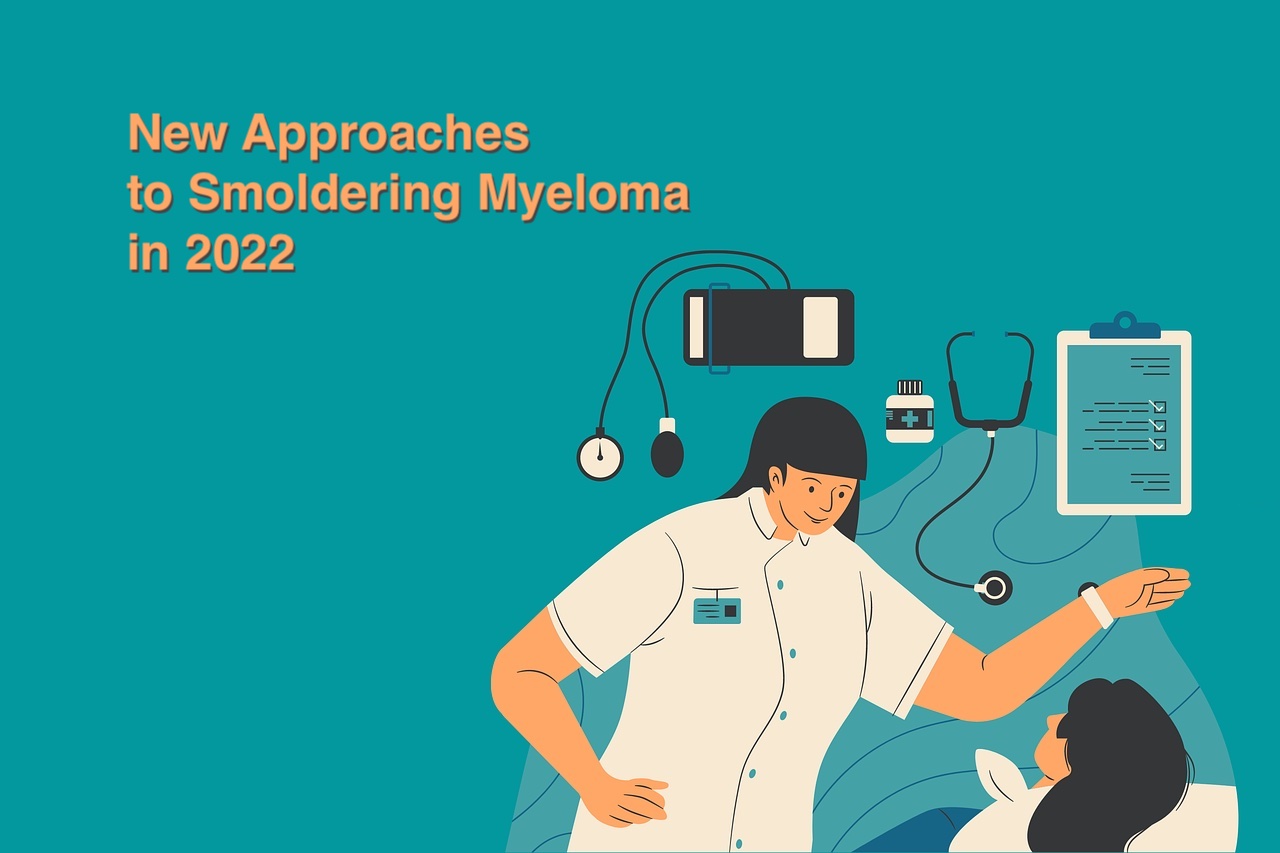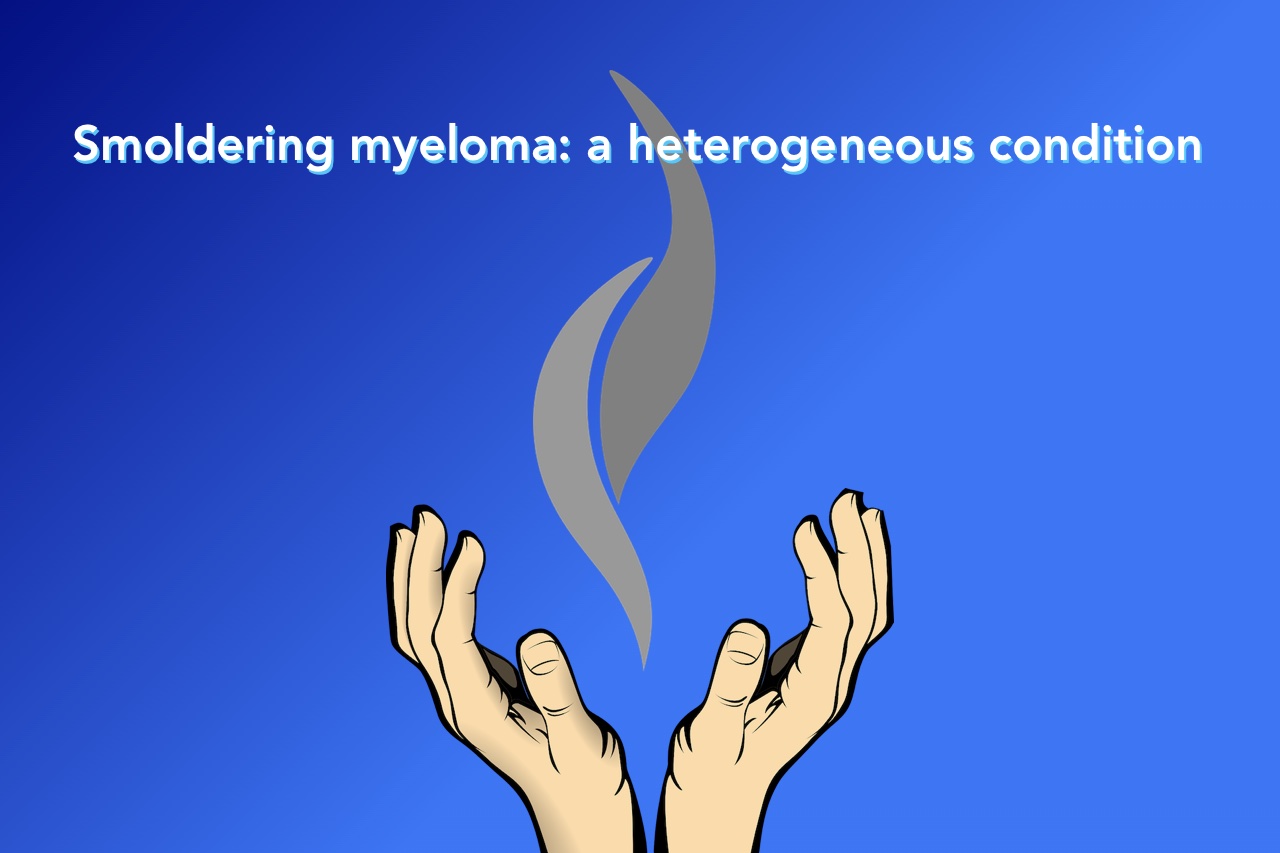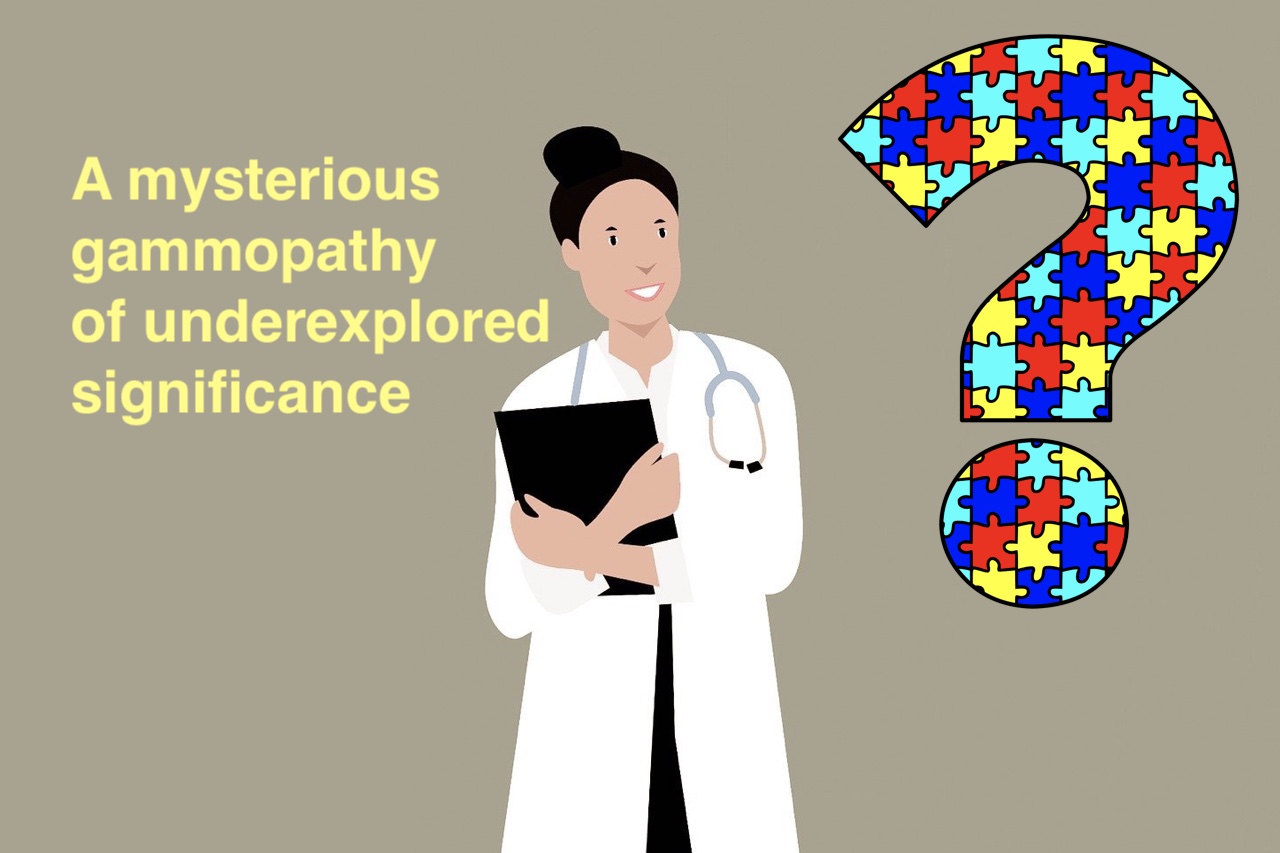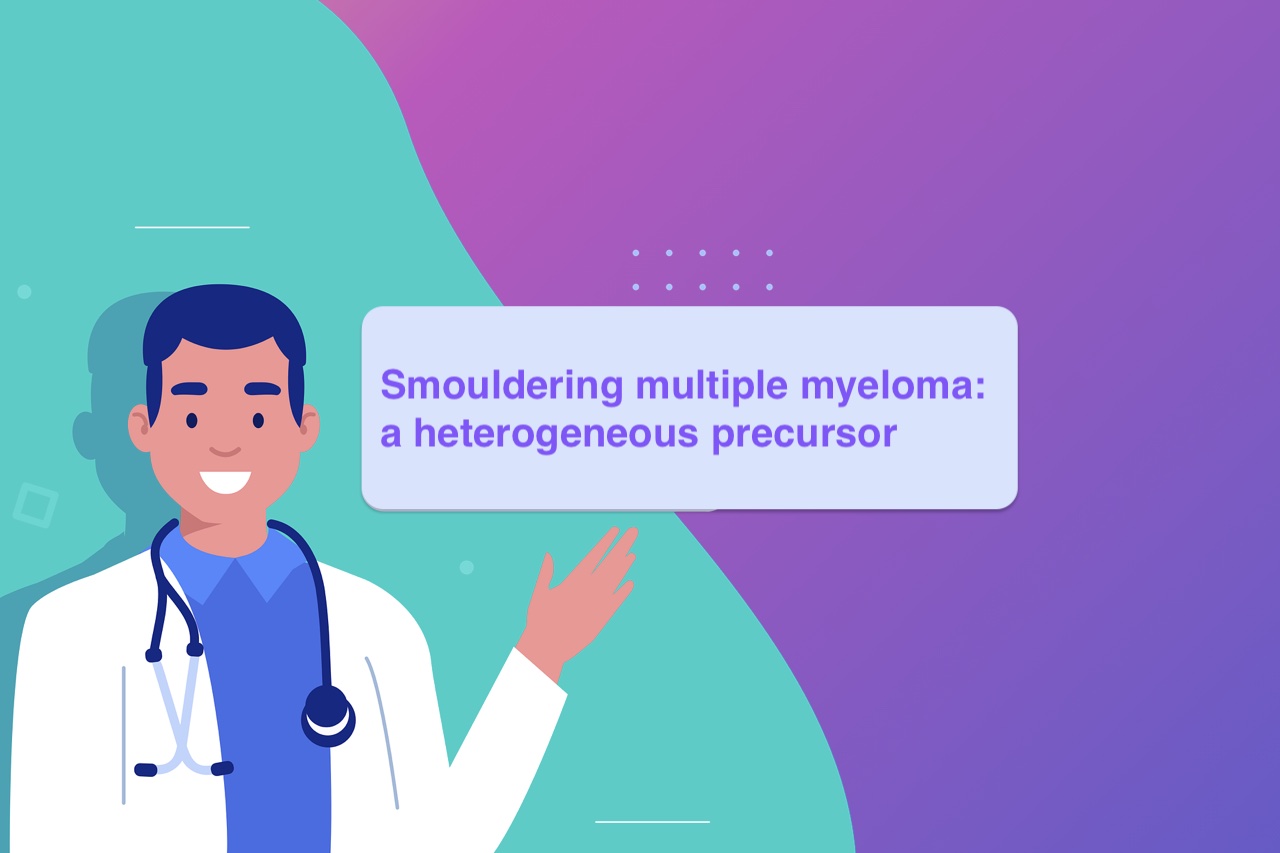Multiple myeloma is characterised by quiet and unquiet periods. After a treatment at the moment of the diagnosis, myeloma becomes stable: this stability is called remission. Unfortunately this quiet phase does not last forever, thus a recrudescence of the illness can occur on average after 3 or 4 years from the diagnosis. In this situation, the so-called relapse, a new treatment is necessary for the patients. The choice of a treatment for each relapse depends on many factors: the timing of relapse, the aggressiveness of the relapse, the response to prior therapy and the general conditions of the patient.
Today I am going to explain you the second part of the article written by Doctors Rajkumar and Kumar, so the treatment of relapsed multiple myeloma. (1)
The first relapse: if a new transplantation is possible
A new Autologous Stem Cell Transplantation (ASCT) can be a good option for patients:
- Who have never had a transplant before,
- Who had a prolonged remission with the first transplantation.
The first relapse: if a new transplantation is impossible
If a new transplantation is impossible, the authors have proposed an interesting algorithm in order to decide the best treatment. First we have to consider the role of Lenalidomide as treatment at the moment of the diagnosis. Lenalidomide (Revlimid®) is a drug, similar to Thalidomide, which can be used as a treatment at the moment of the diagnosis. It is powerful and offers many advantages, such as the death of tumoral cells and the inhibition of new vessels development. But pay attention, because Lenalidomide can cause deep vein thrombosis and pulmonary embolism; to avoid it, a good prophylaxis is therefore necessary, for example with aspirin.
In this context, two important questions are the following: Did the patient obtain good results with the use of Lenalidomide as first treatment? Or was the patient resistant to the Lenalidomide?
On the basis of these questions, the authors have distinguished two groups of patients: patients who were not resistant to Lenalidomide and patients who were resistant to Lenalidomide.
If the patient was not resistant to Lenalidomide
The triplet Daratumumab, Lenalidomide (Revlimid®) and dexamethasone, often indicated as DRd, is the best option for the authors in this situation. This triplet has done an important reduction in risk of progression, compared to the couple Lenalidomide and dexamethasone, the so-called Rd. Furthermore, this triplet presents a better tolerability: sure enough Daratumumab is used in a subcutaneous formulation, that reduces the infusion-related side effects and the time for the administration of this drug.
If the patient was resistant to Lenalidomide
For patients who were resistant to Lenalidomide, the authors suggest therapies using Pomalidomide or Bortezomib (Velcade®). (2), (3)
The triplet based on Daratumumab, Bortezomib and dexamethasone (called DVd) is the preferred choice for the authors.
However, if patients have been previously treated with daratumumab, the authors suggest a therapy based on Carfilzomib (Kyprolis®), for example the triplet Carfilzomib, Pomalidomide and dexamethasone, often indicated as KPd .
Bortezomib and Carfilzomib have brought many advantages to patients affected by myeloma. However, they are drugs to be used carefully, because they can cause also secondary effects. Bortezomib can cause a significant risk of peripheral neuropathy. Two strategies were proposed to minimize the risk: the subcutaneous administration of Bortezomib and its use in a once-weekly schedule. The authors recommend also for these patients a prophylaxis against Herpes zoster infections. Carfilzomib has a lower risk to develop neurologic problems (low neurotoxicity) than bortezomib, however some patients (approximatively 5%) have developed serious cardiac side effects. (4), (5)
Treatment of second and subsequent relapses
For a subsequent relapse you can use the same therapeutic schemas validated for the first relapse. But the treatment of each patient must be personalised and the patient should use:
- at least two new drugs that he is not resistant to
- preferably the drugs should be part of a different group from those that the patient used for the first relapse.
Other options are in progress: some examples
The use of Venetoclax has been investigated in patients who present a particular anomaly in their DNA by the cytogenetic evaluation: this is the translocation t(11;14). (6)
Allogeneic transplantation can be considered in selected young patients with relapsed multiple myeloma, if suitable donor cells are available. (7)
Therefore, several promising treatments are under investigation for myeloma, offering a chance for a more and more accurate and personalised therapy for each patients.
Bibliography
(1) Multiple myeloma current treatment algorithms – PubMed (nih.gov)
(2) Attal, M. et al. Isatuximab plus pomalidomide and low-dose dexamethasone versus pomalidomide and low-dose dexamethasone in patients with relapsed and refractory multiple myeloma (ICARIA-MM): a randomised, multicentre, open-label, phase 3 study. Lancet 394, 2096–2107 (2019).
(3) Chari, A. et al. Daratumumab plus pomalidomide and dexamethasone in relapsed and/or refractory multiple myeloma. Blood 130, 974–981 (2017).
(4) Siegel, D. S. et al. A phase 2 study of single-agent carfilzomib (PX-171-003-A1) in patients with relapsed and refractory multiple myeloma. Blood 120, 2817–2825 (2012).
(5) Bringhen, S. et al. Once-weekly versus twice-weekly carfilzomib in patients with newly diagnosed multiple myeloma: a pooled analysis of two phase I/II studies. Haematologica 104, 1640–1647 (2019).
(6) Kumar, S. et al. Efficacy of venetoclax as targeted therapy for relapsed/ refractory t(11;14) multiple myeloma. Blood 130, 2401–2409 (2017).
(7) Laubach, J. et al. Management of relapsed multiple myeloma: recommendations of the International Myeloma Working Group. Leukemia 30, 1005–1017 (2016).



